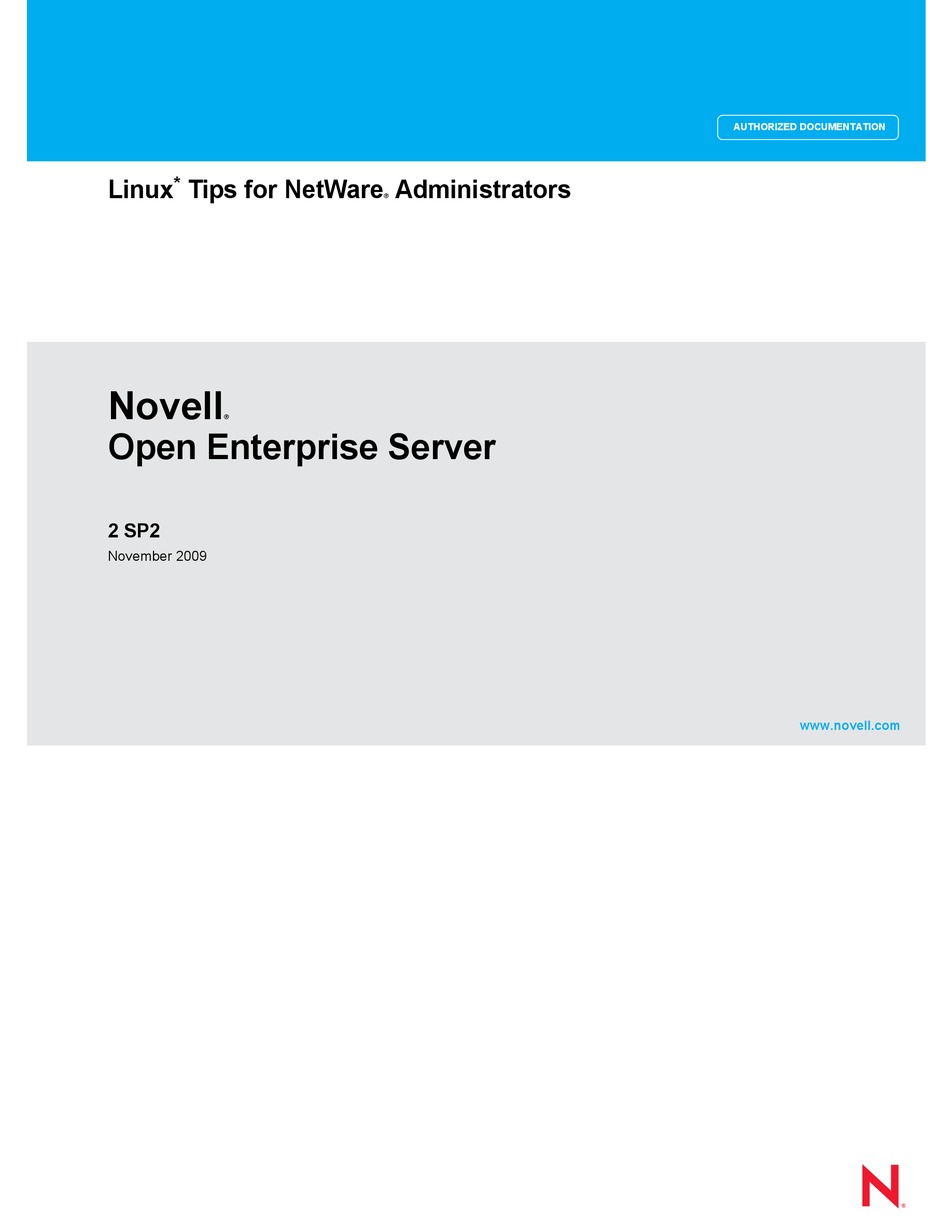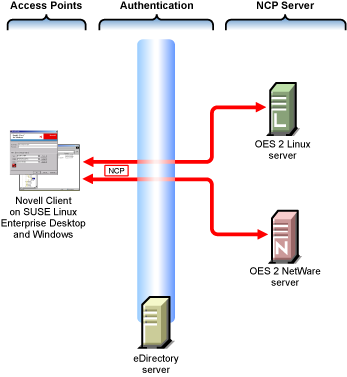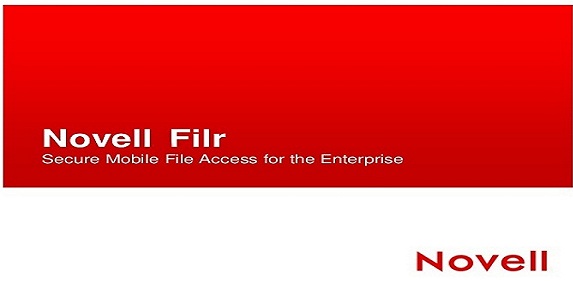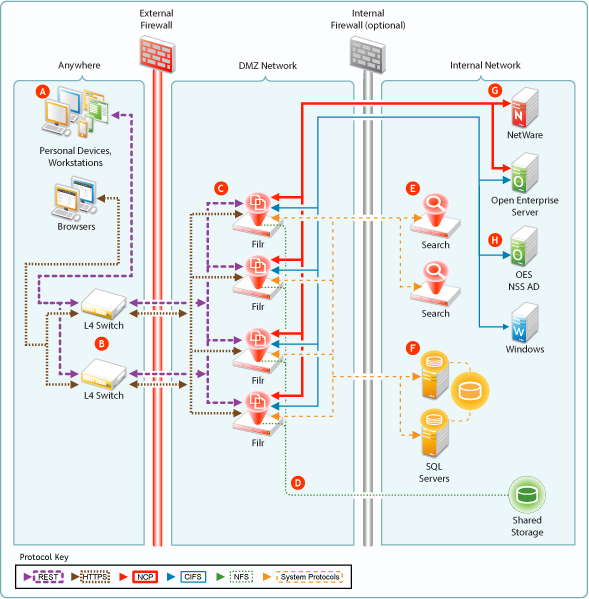
For example, a developer can define their own attribute type (UUID) for a temperature reading as: F5A1287E-227D-4C9E-AD2C-11D0FD6ED640. A custom UUID, on the other hand, can be any 128-bit number that does not use the SIG-adopted base UUID. For example, the UUID for a SIG-adopted temperature measurement value is 0x2A1C SIG-adopted attribute types (UUIDs) share all but 16 bits of a special 128-bit base UUID:0000 0000-0000-1000-8000-00805F9B34FBThe published 16-bit UUID value replaces the 2 bytes in bold in the base UUID.
#NOVELL FILR 5 SERVER IMPLEMENTATION BLUETOOTH#
This is a 16-bit number (in the case of Bluetooth SIG-Adopted Attributes), or 128-bit number (in the case of custom attribute types defined by the developer, also sometimes referred to as vendor-specific UUIDs).

An attribute is the generic term for any type of data exposed by the server and defines the structure of this data.

The data that the server exposes is structured as attributes. In the previous example, a mobile device that connects to the thermometer and reads its temperature value is acting in the Client role. It is the device that sends commands and requests and accepts incoming notifications and indications. This is the device that interfaces with the server with the purpose of reading the server’s exposed data and/or controlling the server’s behavior. It can also notify the client (defined later) when a temperature reading has changed rather than have the client poll for the data waiting for a change to occur. It is the device that accepts incoming commands from a peer device and sends responses, notifications, and indications.For example, a thermometer device will behave as a server when it exposes the temperature of its surrounding environment, the unit of measurement, its battery level, and possibly the time intervals at which the thermometer reads and records the temperature. This is the device that exposes the data it controls or contains, and possibly some other aspects of server behavior that other devices may be able to control. Attribute Protocol (ATT)ĪTT defines how a server exposes its data to a client and how this data is structured. The GATT only comes into play after a connection has been established between two BLE devices. To understand what GATT is, we first need to understand the underlying framework for GATT: the Attribute Protocol (ATT). GATT stands for Generic Attribute Profile.
#NOVELL FILR 5 SERVER IMPLEMENTATION HOW TO#
In today’s tutorial, I’ll be covering a detailed step-by-step guide on how to design your custom GATT to satisfy your product’s requirements and go through a complete design and simplistic implementation of a MIDI device using the nRF52 platform.īefore explaining what services and characteristics are, we first need to cover two very important concepts: the Generic Attribute Profile (GATT) and the Attribute Protocol (ATT). There’s not a lot of info on internet for this subject and I can’t find any for the nRF52 DK. I’m trying to be able to send MIDI over Bluetooth… I’m trying to advertise that device as a BLE MIDI controller… Reader João Neves sent in a question asking about implementing a BLE MIDI controller: That’s where custom p rofiles, services, and characteristics come in.

However, many times you will find that none of these satisfies the use case you’re designing.

The Bluetooth SIG defines quite a few standard Profiles, Services, and Characteristics. Keep in mind that GATT is used exclusively after a connection has been established between the two devices. The Bluetooth GATT (Generic Attribute Profile) is the foundation for the design of any BLE system and defines the way a smartphone application (or any central device) interacts with the end device (the peripheral device). The one thing I wish I had when I started developing for BLE is more resources that walk you step-by-step on how to tackle the different phases of the system design and implementation. However, designing BLE devices can be a confusing process! And we can all agree that smartphone apps have become very familiar to end-users and are very user-friendly. Well, adding BLE allows your device to be connectable from a smartphone app. You’re probably aware that adding Bluetooth Low Energy (BLE) to your device is one of the best ways to achieve a great user experience for your IoT device. Update: I recommend checking out the newer post, which gives a good background on GATT Services and Characteristics: “ Tutorial: How To Design A Bluetooth LE GATT Server For Your Application.”


 0 kommentar(er)
0 kommentar(er)
